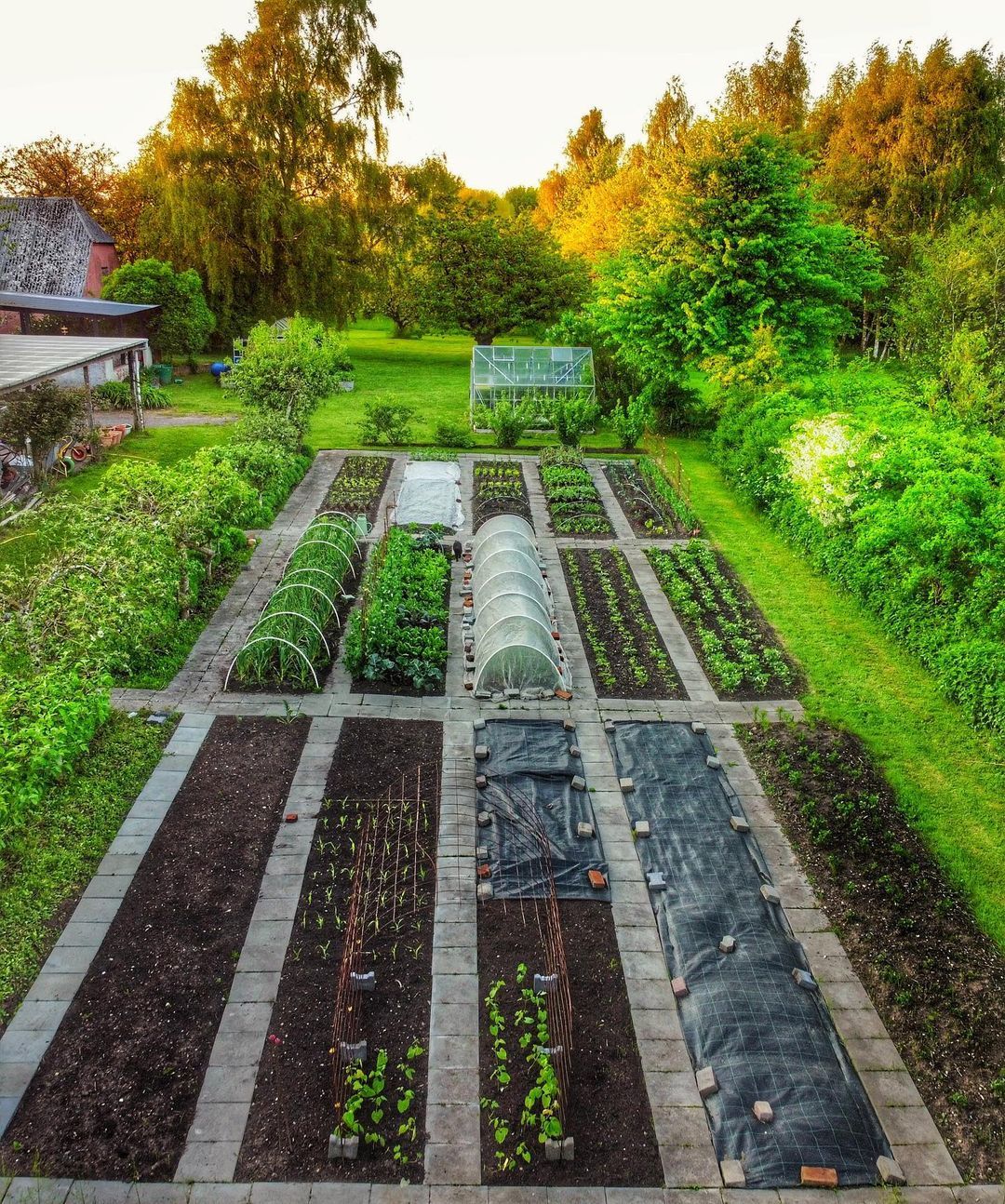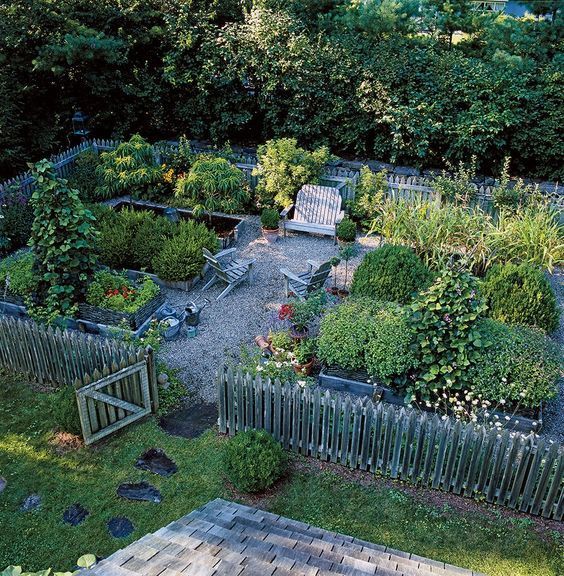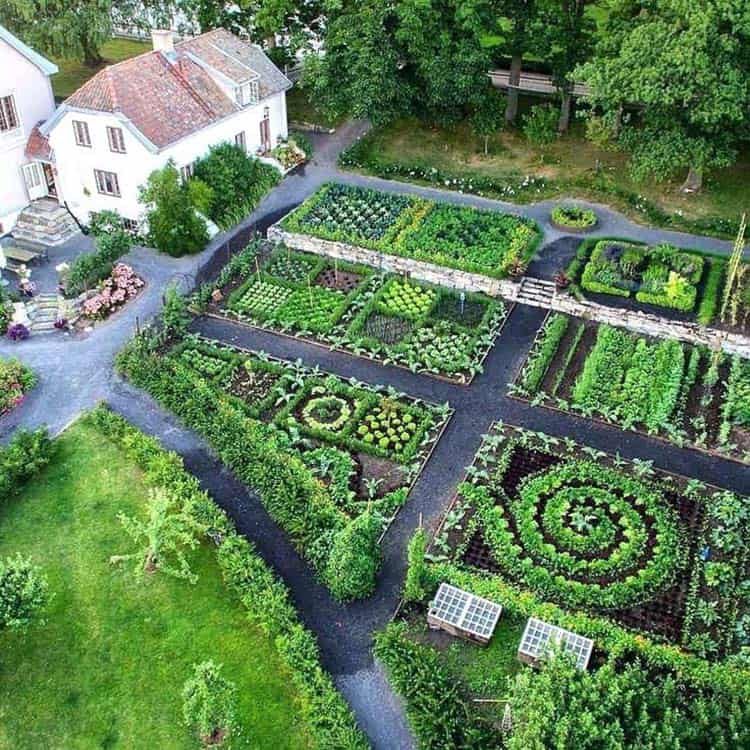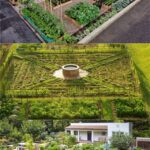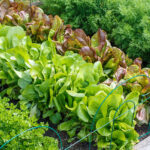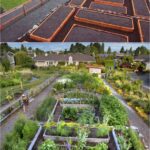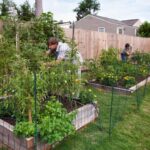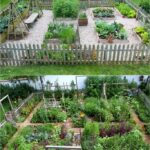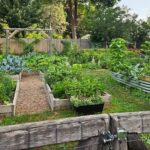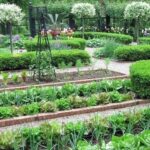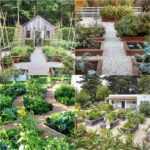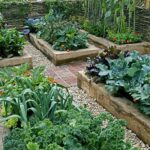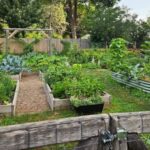When it comes to designing a vegetable garden, there are several important factors to consider in order to create a successful and productive space. One of the first things to think about is the layout of your garden. You’ll want to make sure that your garden receives adequate sunlight throughout the day, so be sure to choose a location that gets at least six to eight hours of sunlight. Additionally, you’ll want to make sure that your garden is easily accessible for watering, weeding, and harvesting.
Another important aspect of vegetable garden design is the arrangement of your plants. Consider grouping plants together based on their water and sunlight needs. For example, place sun-loving plants like tomatoes and peppers in one area of the garden, and plant leafy greens like lettuce and spinach in a shadier spot. You’ll also want to consider the height of plants when planning your garden layout. Taller plants like corn and trellised vegetables should be placed on the north side of the garden so they don’t shade shorter plants.
In addition to the layout of your garden, the type of soil you use is crucial to the success of your vegetable garden. Soil rich in organic matter, such as compost or aged manure, will provide the necessary nutrients for your plants to thrive. You may also want to consider adding a layer of mulch to help retain moisture and prevent weeds from growing. Regularly testing your soil’s pH levels and nutrient content will help you make any necessary adjustments to ensure your plants are receiving the proper nutrients.
When selecting which vegetables to plant in your garden, it’s important to consider your climate and growing season. Some vegetables, like tomatoes and peppers, thrive in warm weather, while others, like kale and lettuce, prefer cooler temperatures. Be sure to research the specific needs of each vegetable you plan to grow and plant accordingly. Rotating your crops each season can also help prevent pests and diseases from taking hold in your garden.
Another important aspect of vegetable garden design is incorporating companion planting. Some plants, when grown together, can help repel pests, attract beneficial insects, and improve overall plant health. For example, planting marigolds around your tomato plants can help deter pests, while growing basil near your peppers can improve their flavor. Be sure to research which plants are good companions for each other to maximize the health and productivity of your garden.
Finally, don’t forget to add some decorative elements to your vegetable garden to enhance its visual appeal. Consider adding trellises for climbing plants, raised beds for a more organized look, or incorporating ornamental plants like flowers and herbs to attract pollinators. By paying attention to the layout, soil quality, plant selection, companion planting, and aesthetics of your garden, you can create a beautiful and bountiful vegetable garden that will provide you with fresh, healthy produce all season long.
